Both are integral to this forest type; the “how” and the “how often” of the former are endlessly debated/contested.
All photos taken on the notional “last day of winter”, August 31 2018; most of them in the so-called “100 Year Forest” near Pemberton.
In marked contrast to southeastern Australia, winter 2018 has been “unusually wet” in most of southwestern Australia.
Perth’s August was the wettest in more than 50 years.
“Unusually” still deserves its quotation marks; in long term terms, southwestern Australia’s winter 2018 was pretty “normal”.
However, so marked and sustained has been the drying trend over the past three decades that the arrival of what would have been a “normal” winter (in the years 1829-1970) is now regarded as “freakishly wet”.
I’ve lived in WA’s southwest since 1983; 2018’s is the first winter in which I have driven on bitumen roads so well-soaked that moss had greened some surfaces.
Every farm dam I saw was overflowing, many paddocks sodden, and many forest tracks’ flanks had become watercourses.
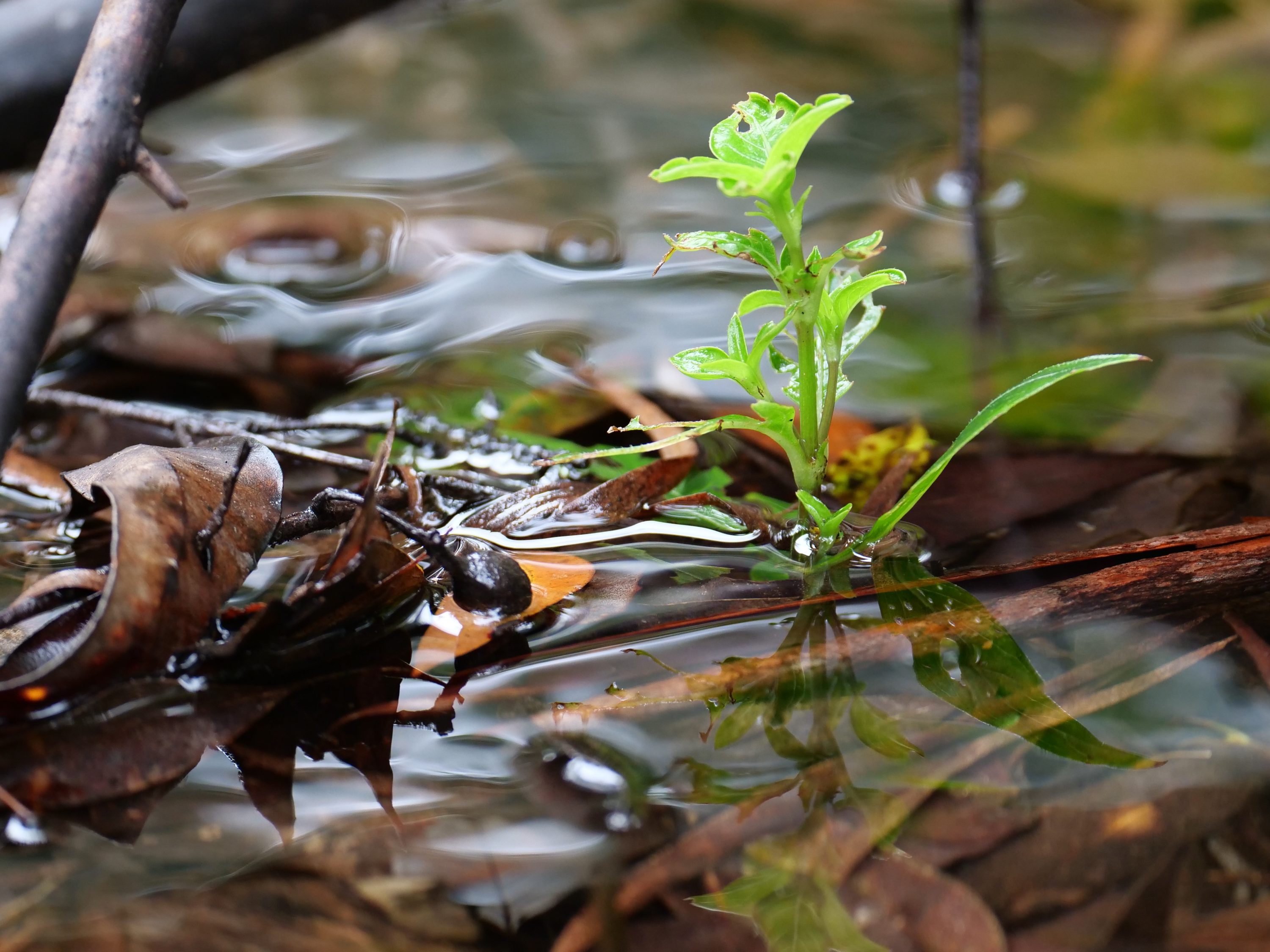
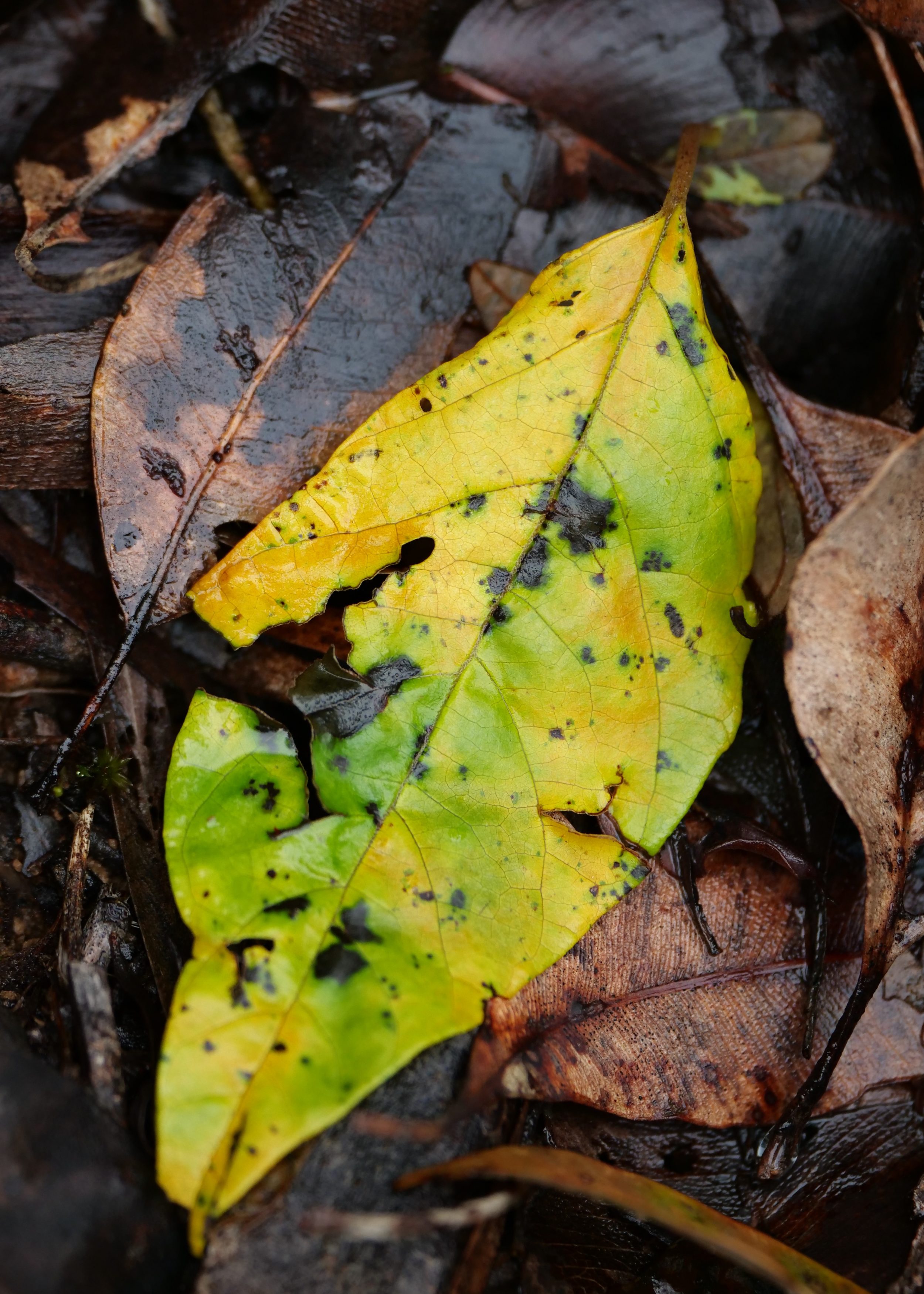
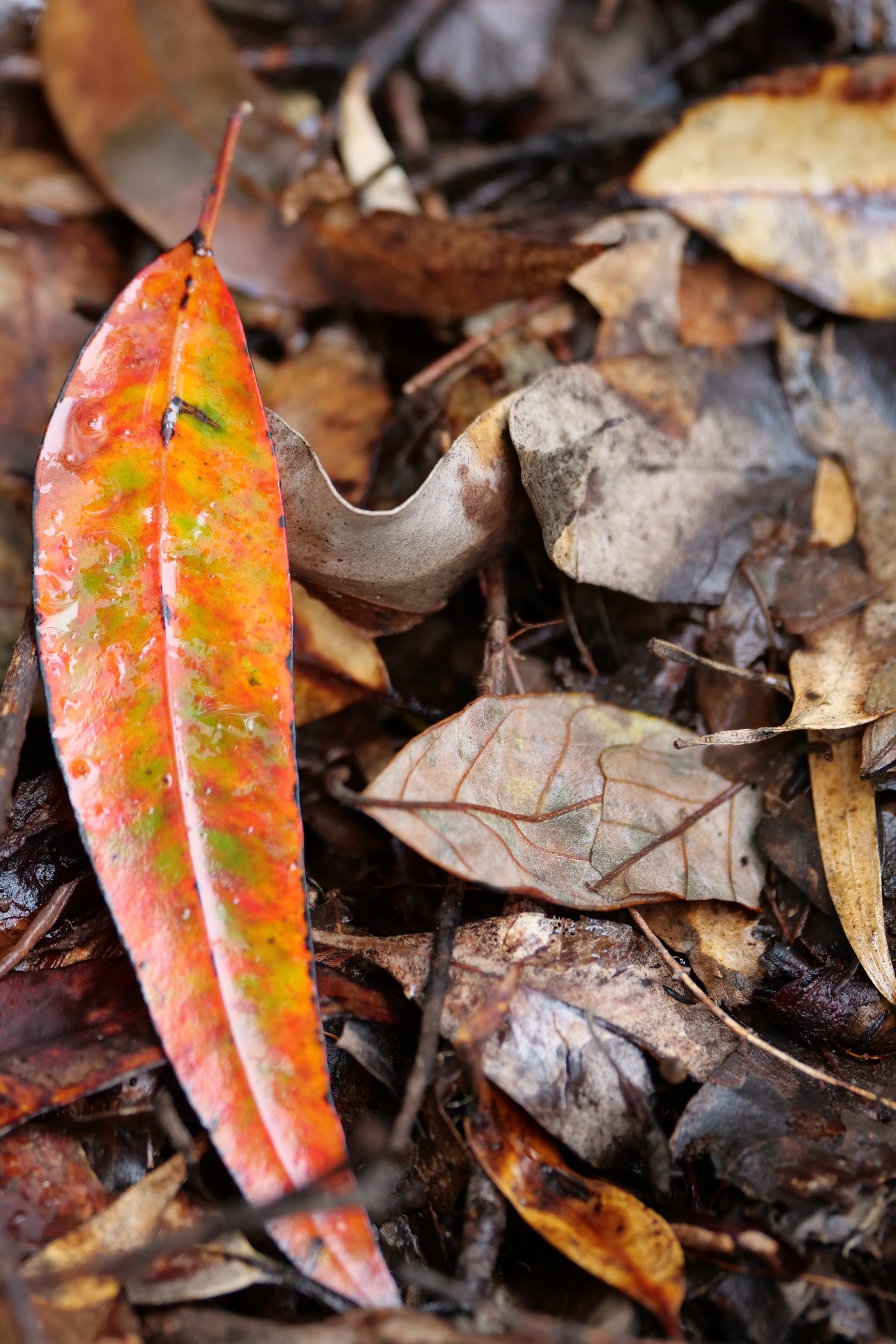
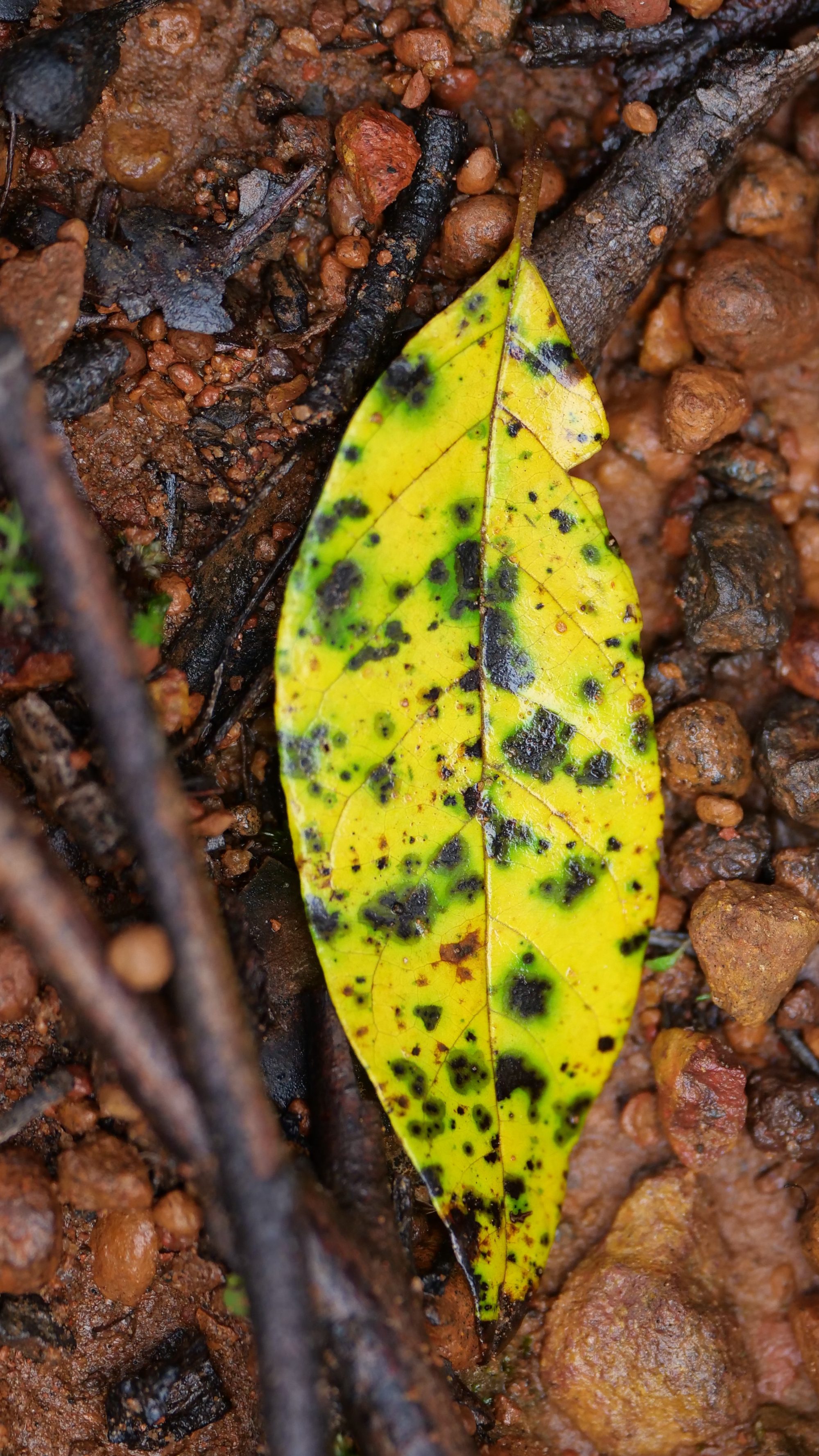
2018’s “proper” winter was the second in succession; in most of southwest WA 2017 and 2018 delivered this 21st century’s first “proper” winters.
This enabled the “safe” lighting of a greater number of “controlled” fires; in WA such “prescribed burns” are an integral part of forest “management” and of bushfire-risk “suppression”.
Prevailing “science” supports the practice, but the “science” is far from universally accepted.
For two different views, click here and here
All pictures below were taken in the so-called 100 Year Forest which is now a circa 143 Year Karri forest.
Its hilly site was cleared for agriculture in the 19th century.
It was razed by fire in 1875, then the forest resumed.
Karri – Eucalyptus diversicolor – are among the world’s biggest and tallest flowering plants; a healthy 100 year old Karri has likely reached its full height, but its trunk will likely become considerably more massive over the next two or three centuries.
A prescribed burn has recently been conducted in this forest.
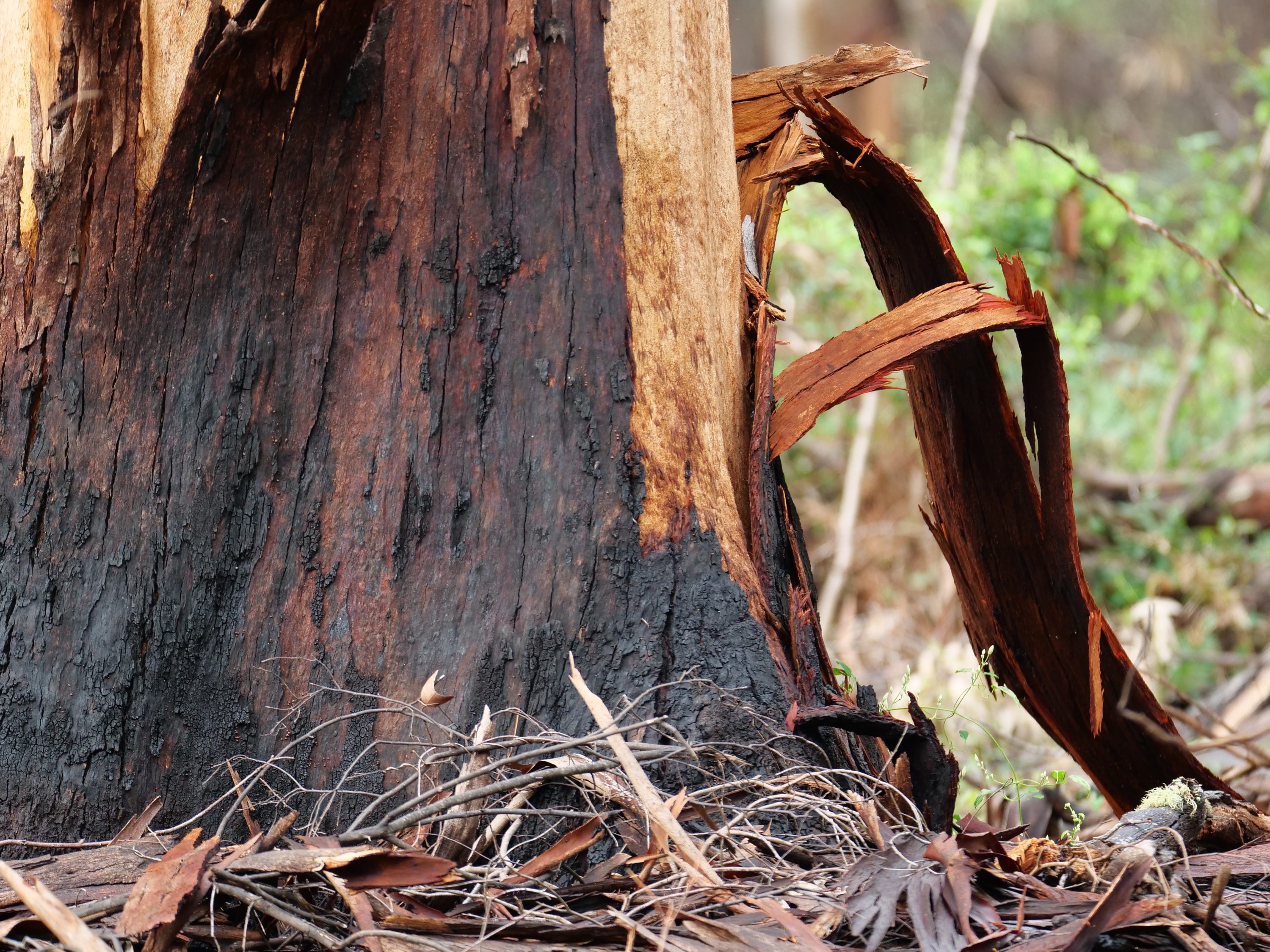
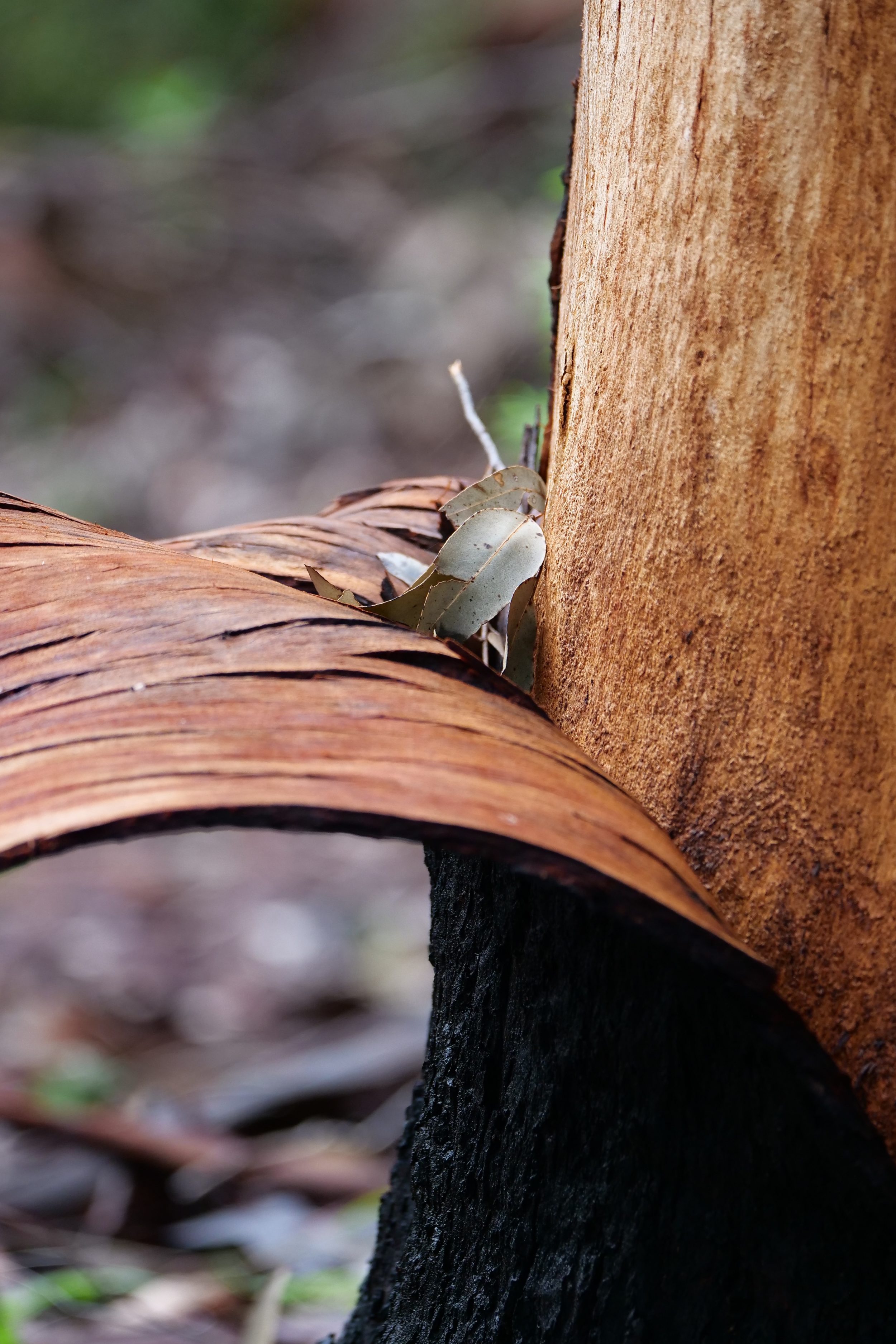
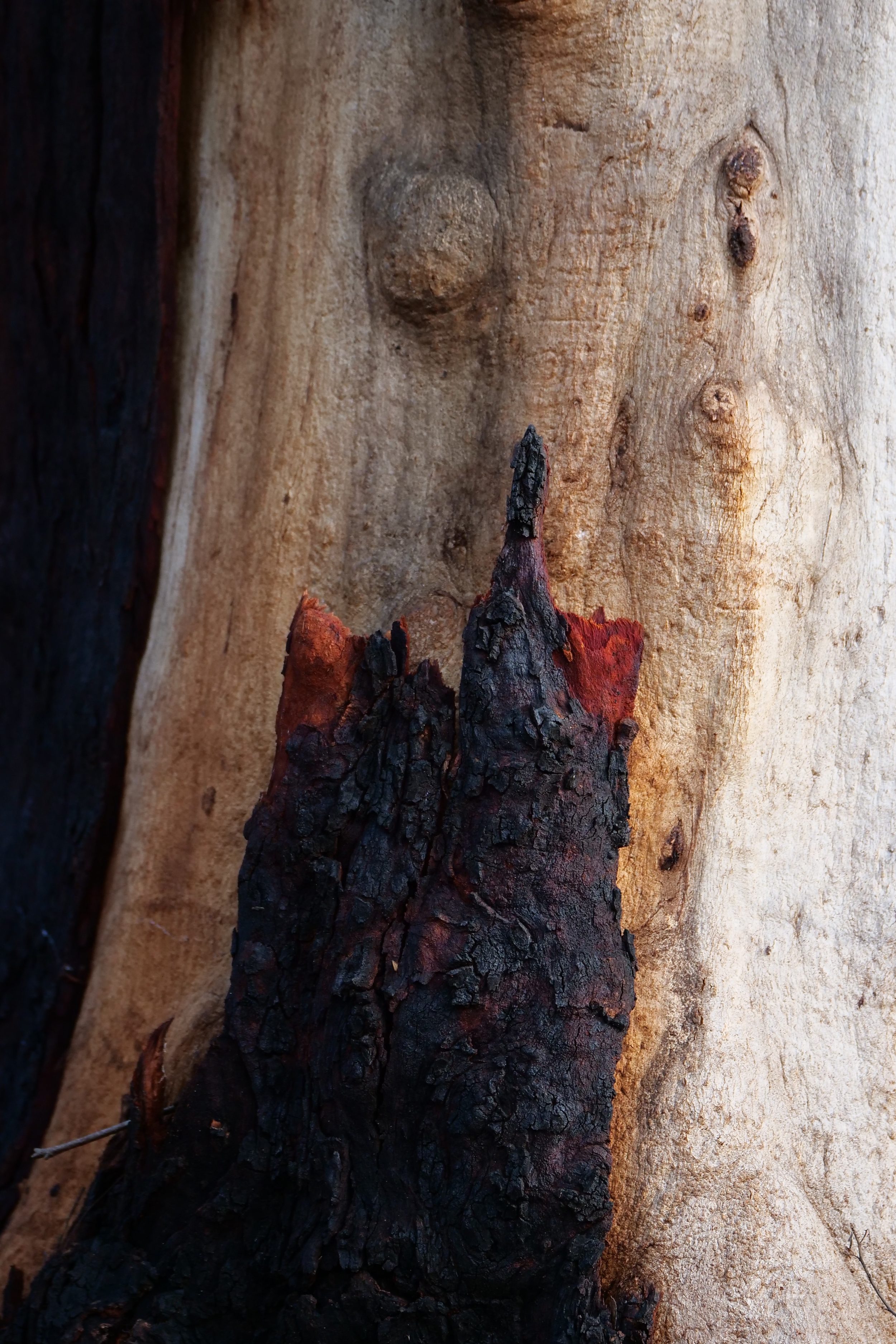
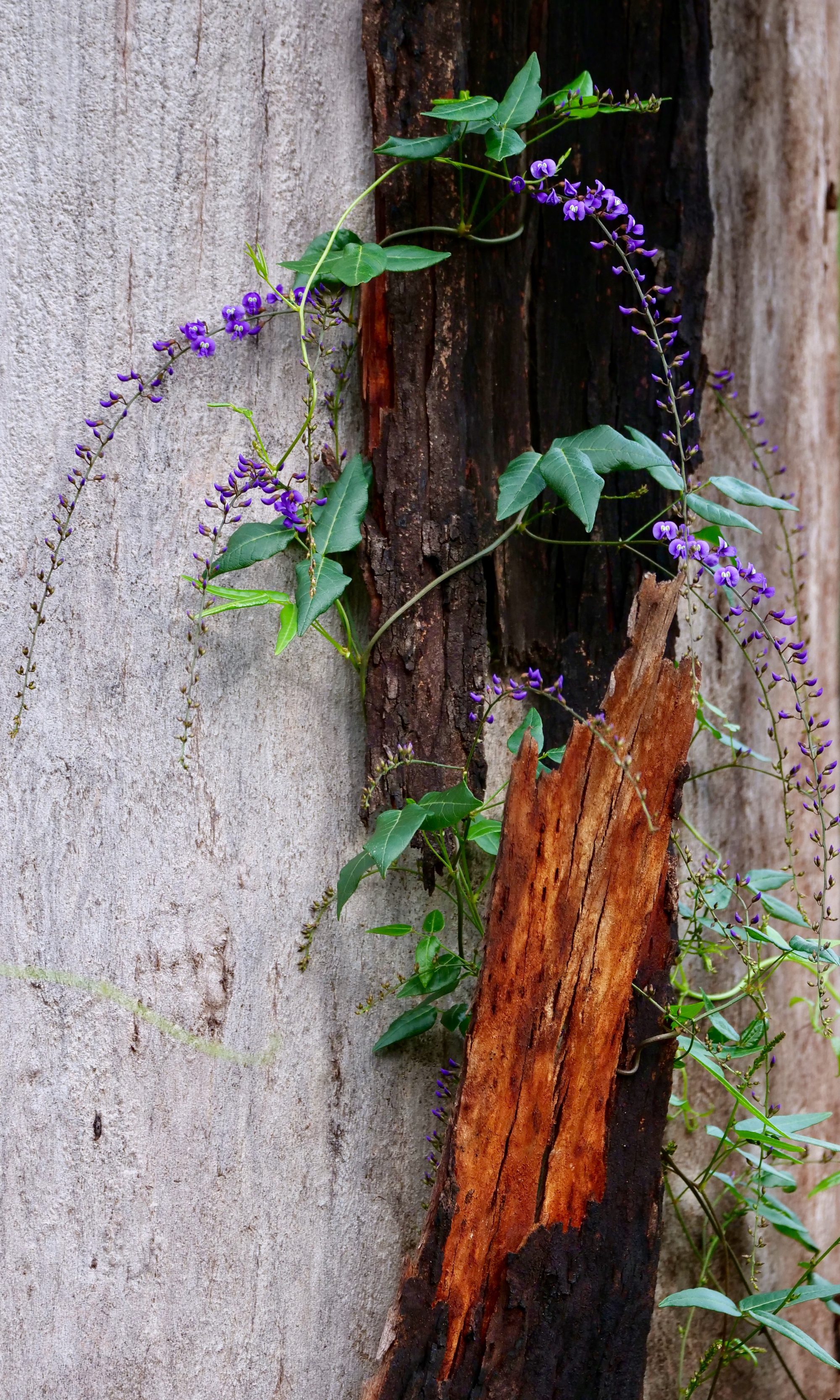
Fun fact: the tallest reliably measured tree in Europe is a Western Australian!
Known as Karri Knight, this Eucalytus diversicolor was planted around 1895 in the Valle de Canas, Coimbre, Portugal.
In “round figures”, it is 73 metres tall.
(No reliably measured Karri in its home range is anywhere near tall enough to justify the oft-made claim that Karri is “the world’s third highest tree”. On the basis of living, reliably measured trees, Karri is not even Australia’s third tallest species. That said, Karri forest is unique, majestic, and extraordinarily beautifully “layered”, with a delicate understory that affords at least as much delight as do its “forest giants”. The tallest conifer species – more than three of them – reach higher than does any measured Karri, but no coniferous forest is as lovely, nor as diverse. Among readily accessible forests, the old growth Karri forest in Warren National Park has few peers, anywhere)
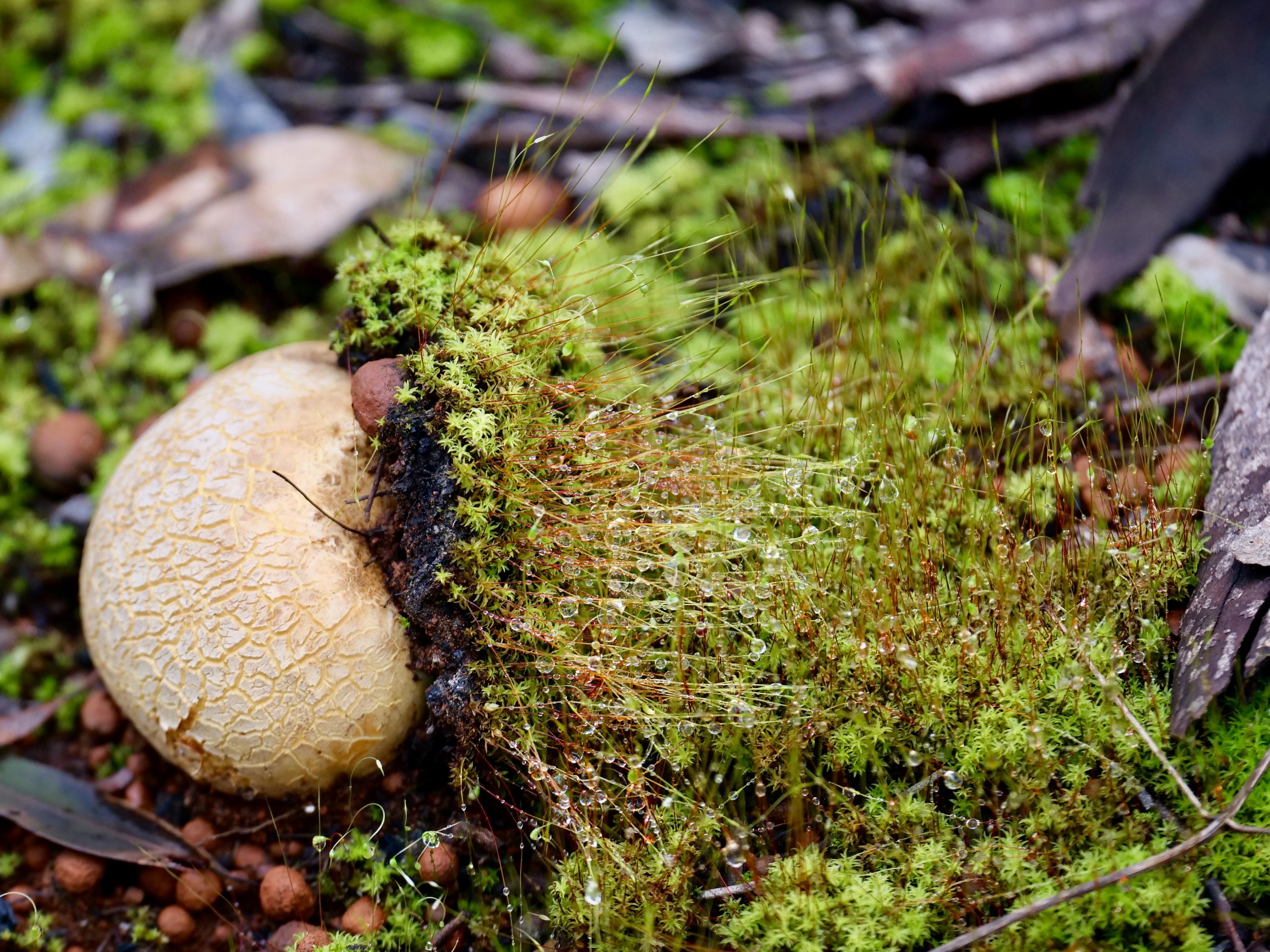
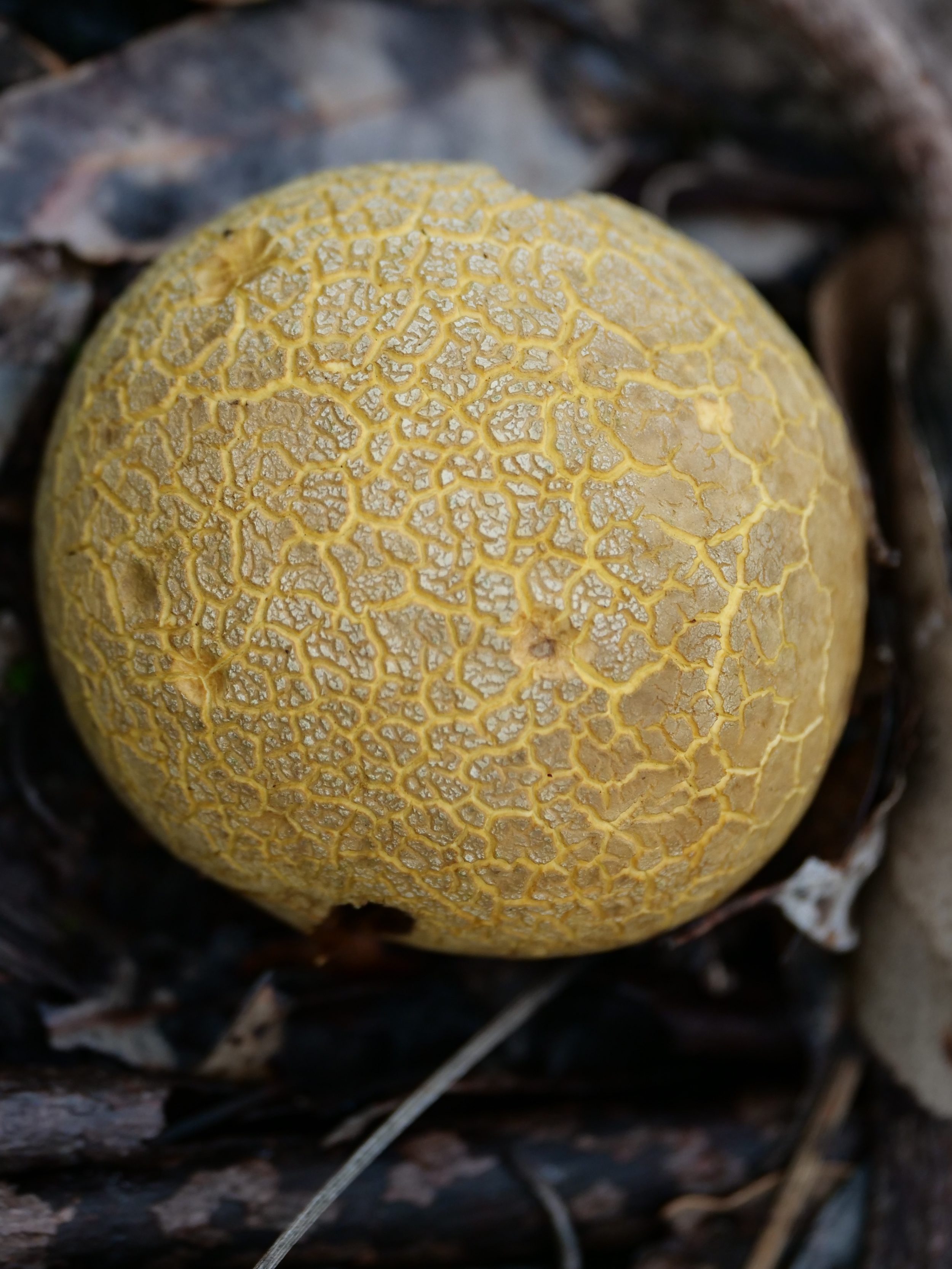
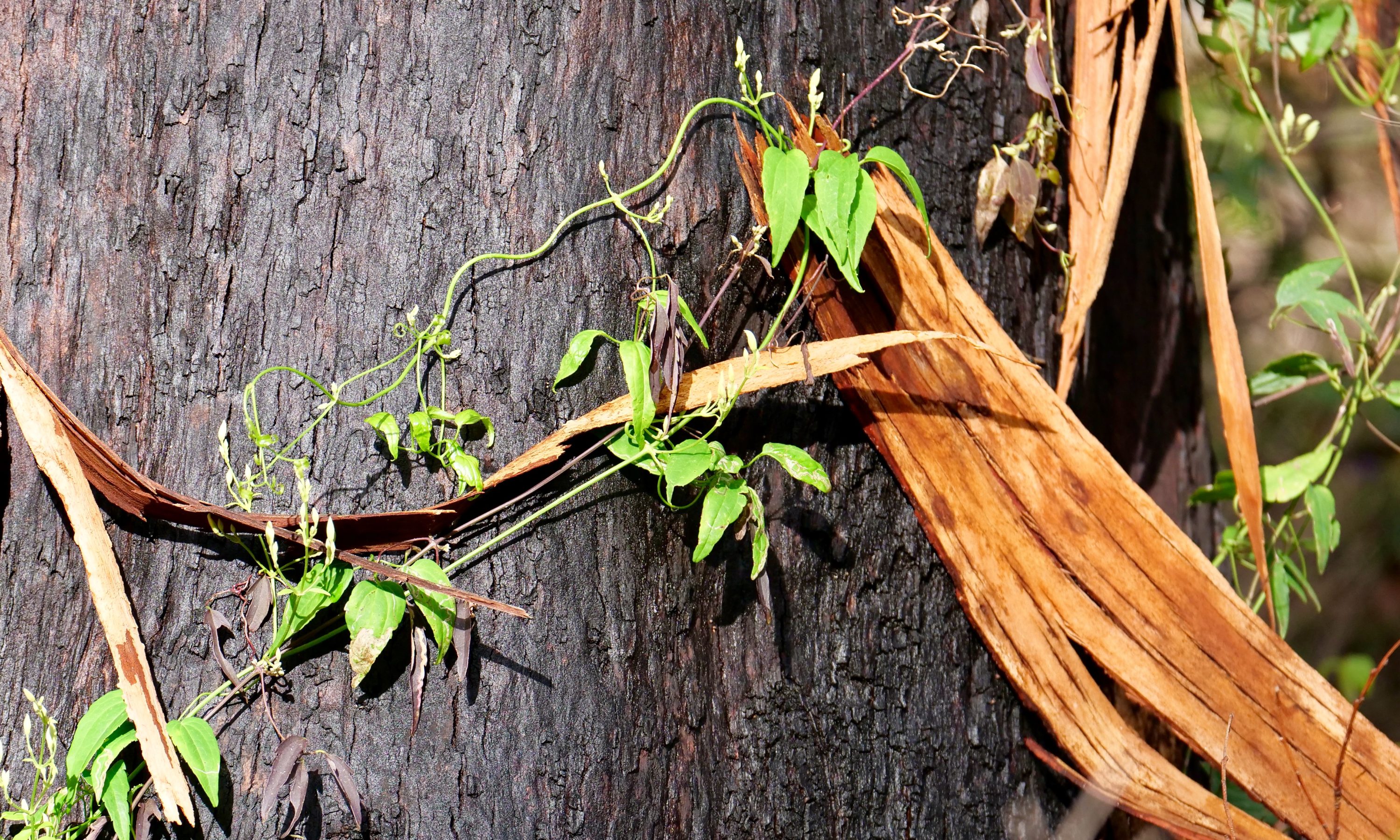
Great photos Doug!